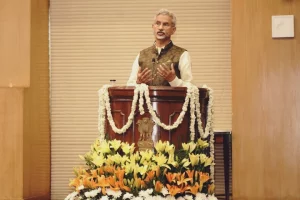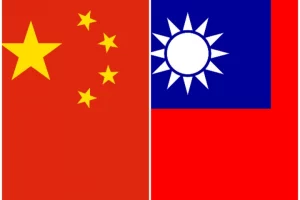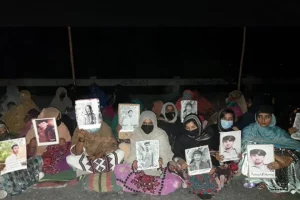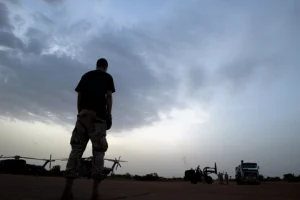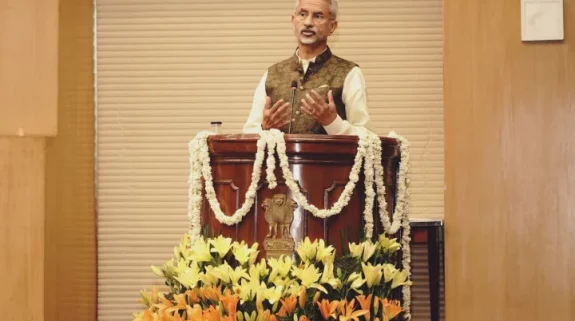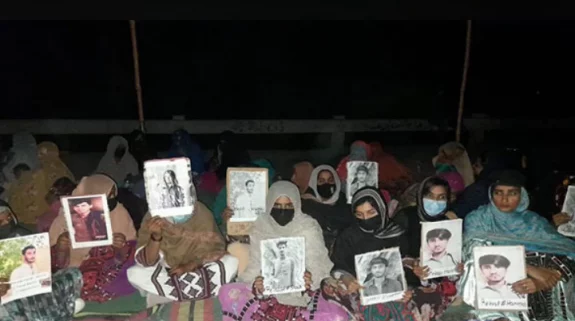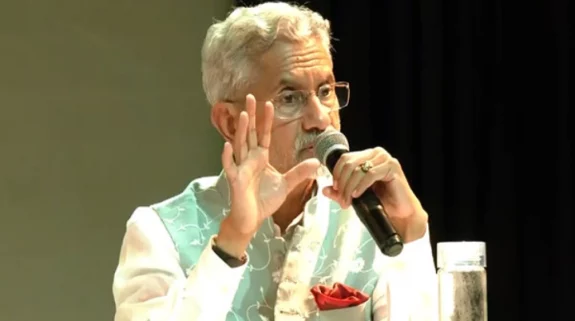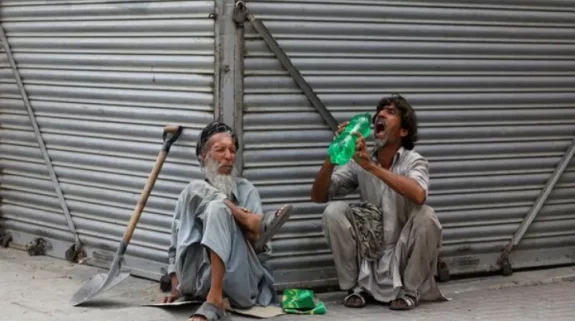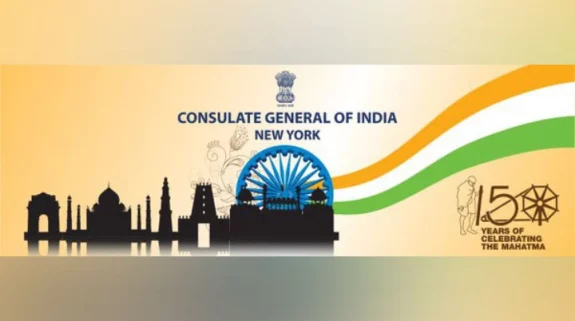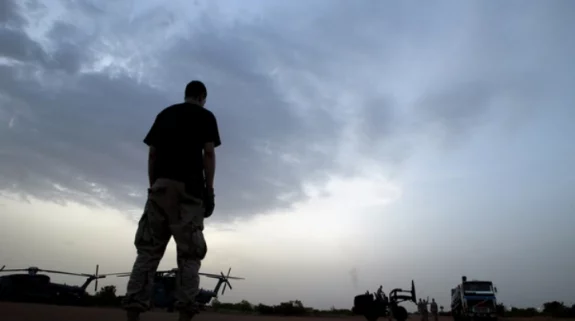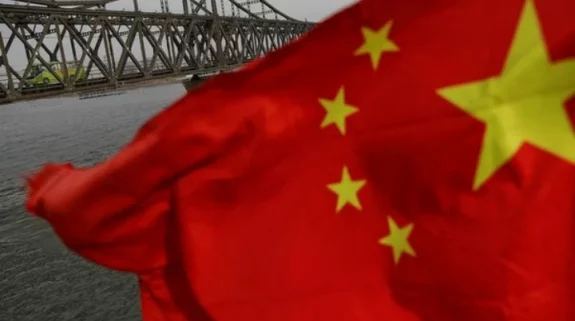For the people of Jammu and Kashmir, getting a geographical indication (GI) tag for their homegrown saffron or zafran, as it is locally called, is a major boost. Speaking exclusively to IN, Altaf Aijaz Andrabi, Director, Agriculture, J&K, said the move will not only open up a wider market internationally for the over 32,000 registered saffron growers in the valley but will also allow them to fetch a higher price.
“The spice is the native of this region and attaining a GI tag is a huge moment. This has changed the narrative and has brought cheer to the entire farming community of the Valley,” Andrabi said.
“Kashmiri saffron is of a much superior quality and this needed to be acknowledged. With the GI tag, it has got the much awaited due. It is a question of identity and that has finally come,” he added.
The number of farmers growing saffron in the valley has reduced over the last couple of decades.
Kashmiri saffron—grown mostly in Pulwama, Budgam, Pampore near Srinagar and Kishtwar—is not only the most fragrant in the world but also the most precious with thicker strands. Compared to the saffron grown in Iran, which supplies more than 90 per cent of the world’s requirement, the ancient spice grown in Kashmir is of a far superior quality.
Andrabi also said that while Iran produces almost 90 per cent of the world’s saffron, it is not a threat to the saffron produced in the Valley. The move will encourage a large number of locals to now focus on farming of saffron, he added.
“There could be many more farmers now willing to get back into saffron farming,” he said.
Kashmir’s saffron is the only one grown at an altitude of 1,600 meters, which gives it the unique fragrance, flavor, and a natural deep red color. The spice is processed without any chemicals.
Jammu & Kashmir’s Lieutenant Governor (L-G) G.C. Murmu earlier said that attaining the GI tag is the first major step that will put the homegrown saffron on the world map.
Under the Centre’s National Mission of Saffron, a Rs 411-crore project has already been approved with an area of over 3,700 hectare for its cultivation.
For the people in the Valley, saffron has an emotional connect with many folklores dating back to as early as 12th century..








